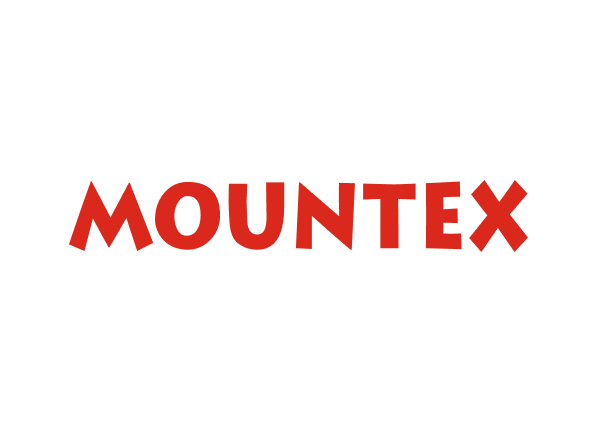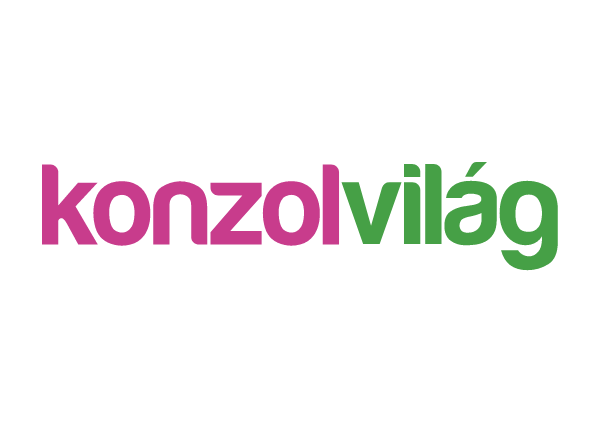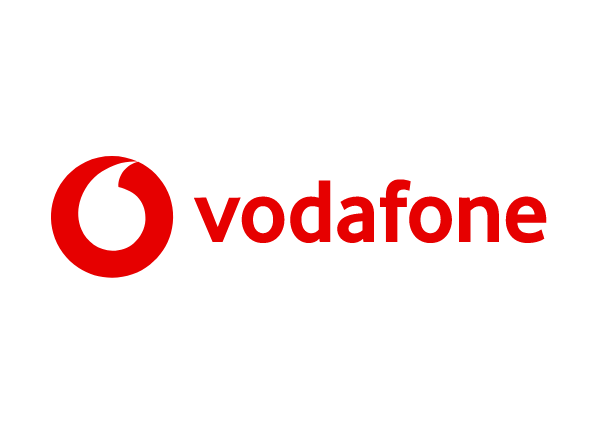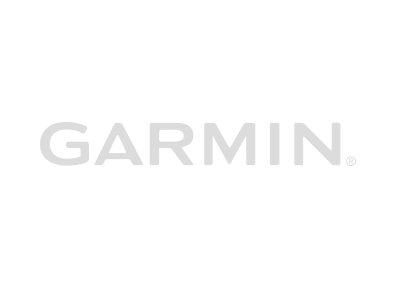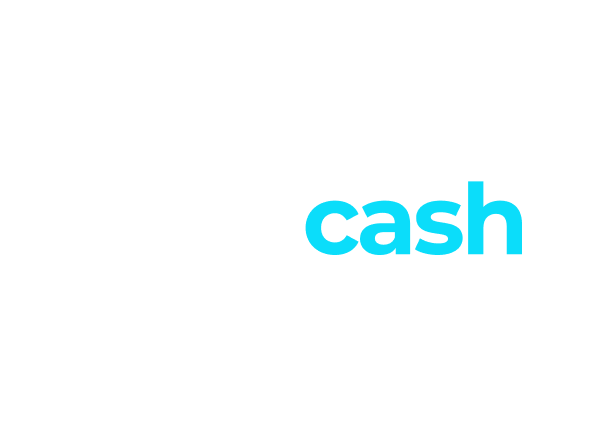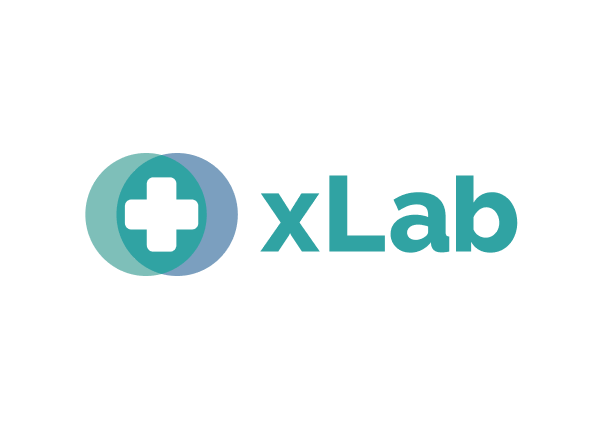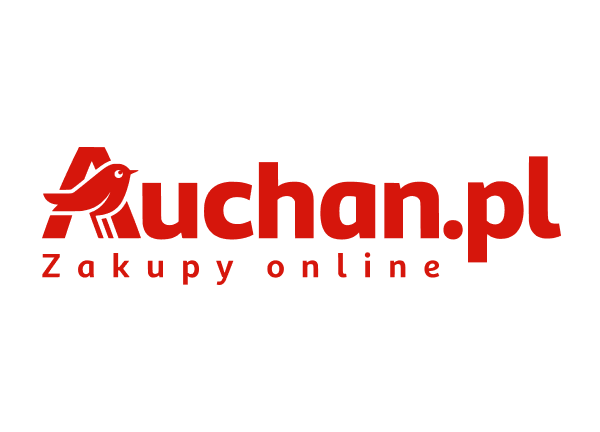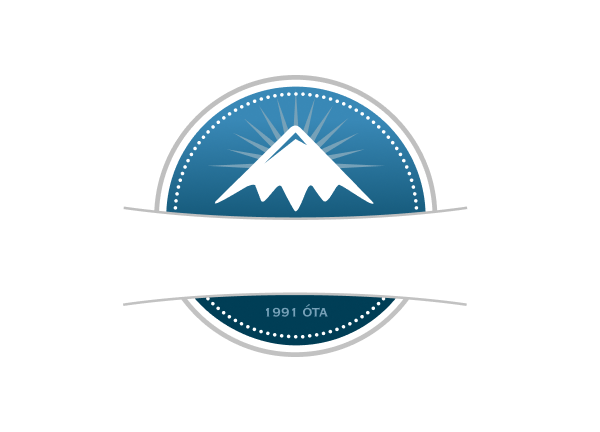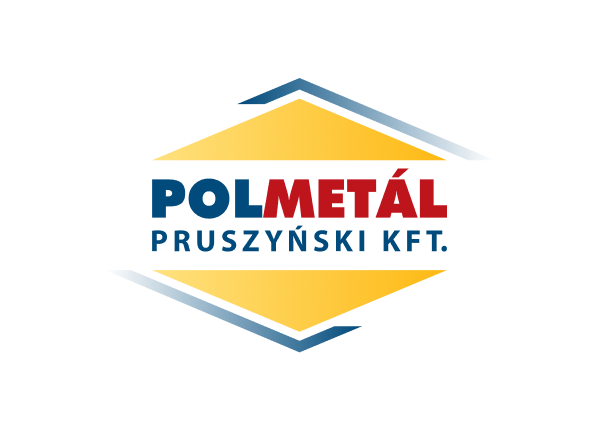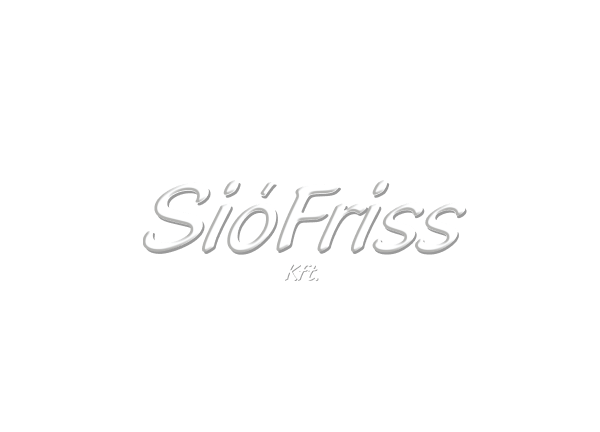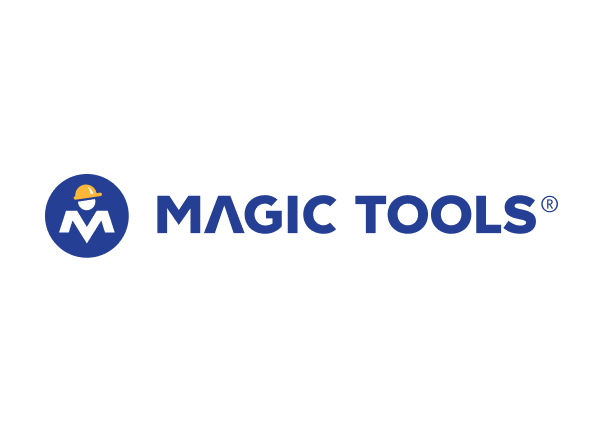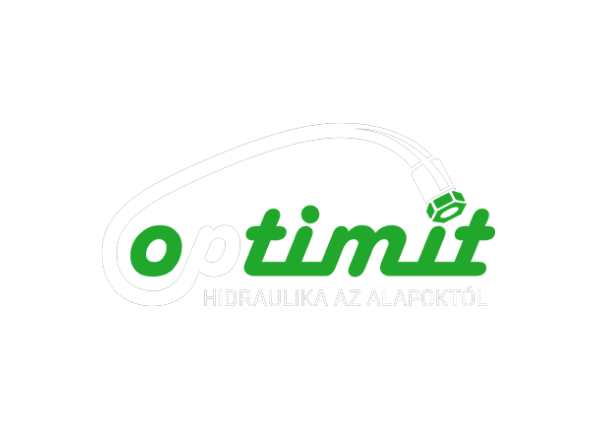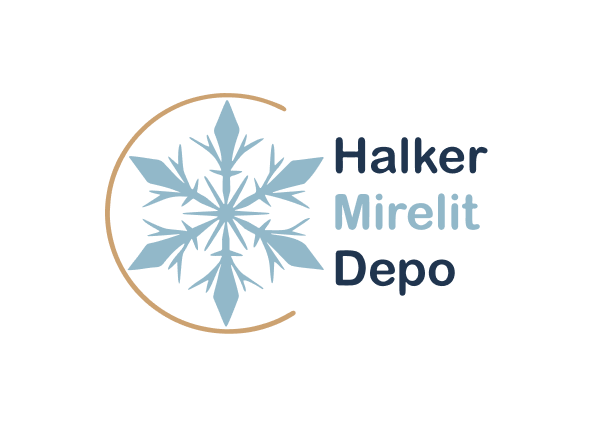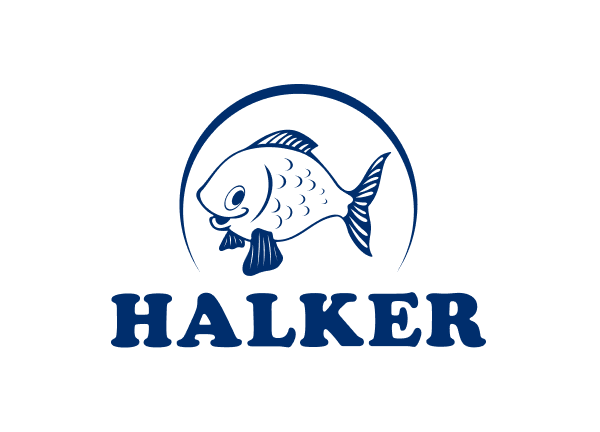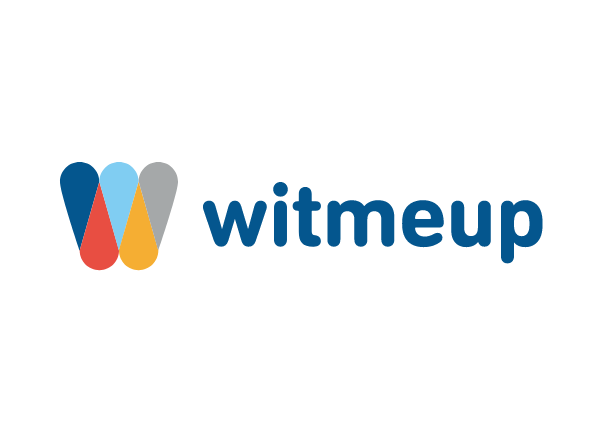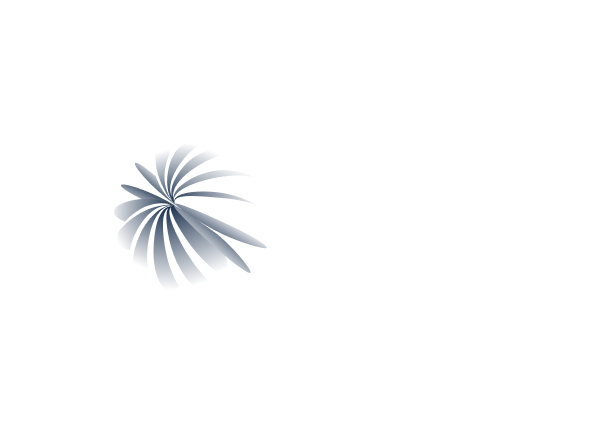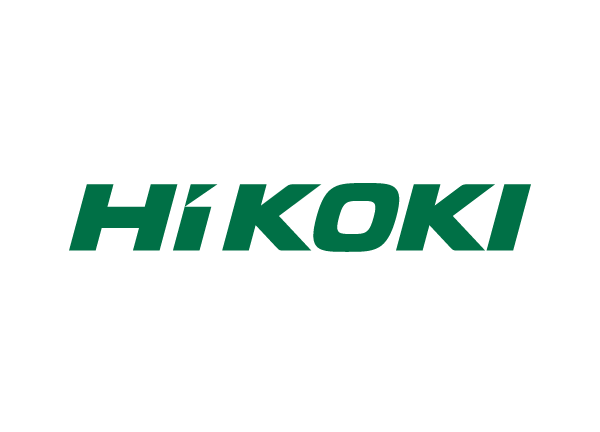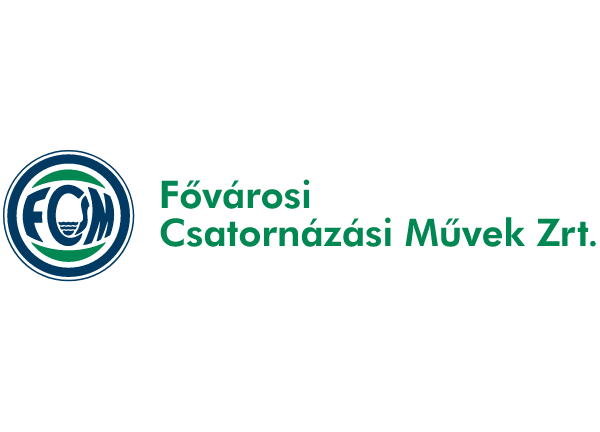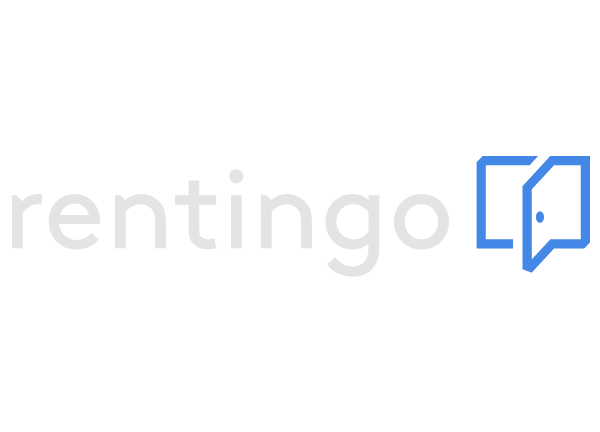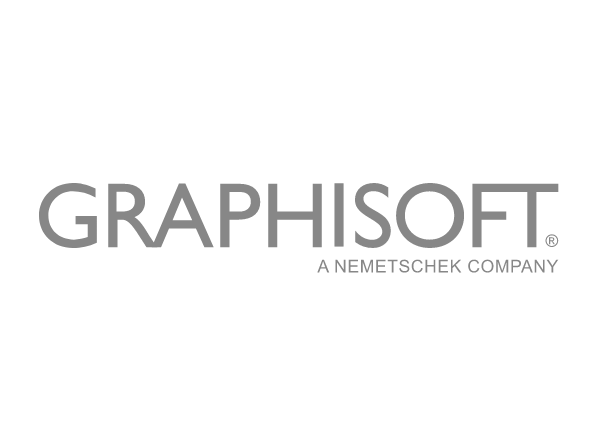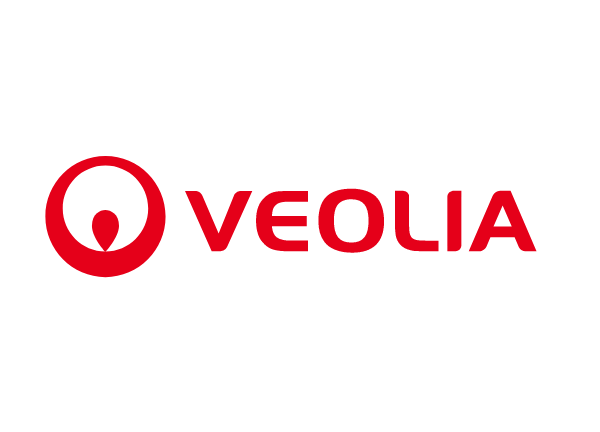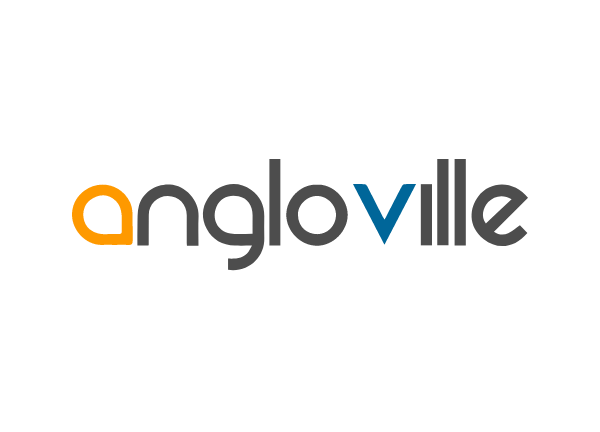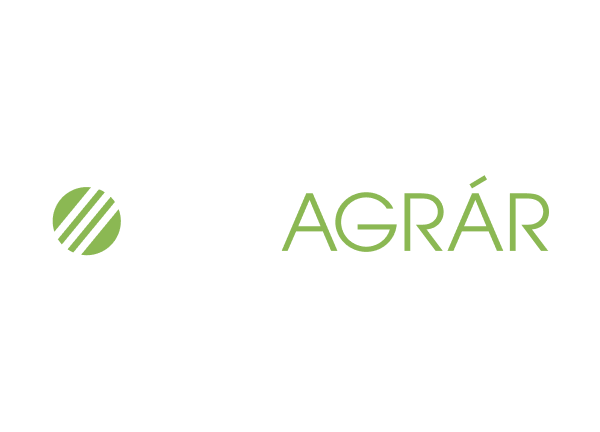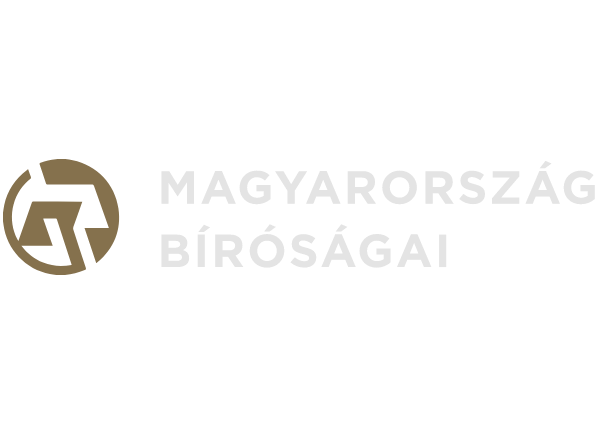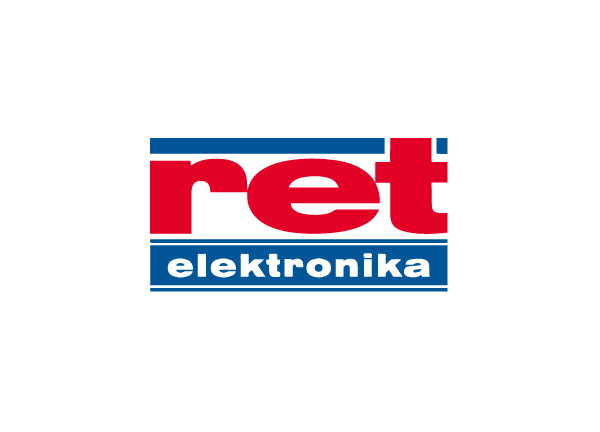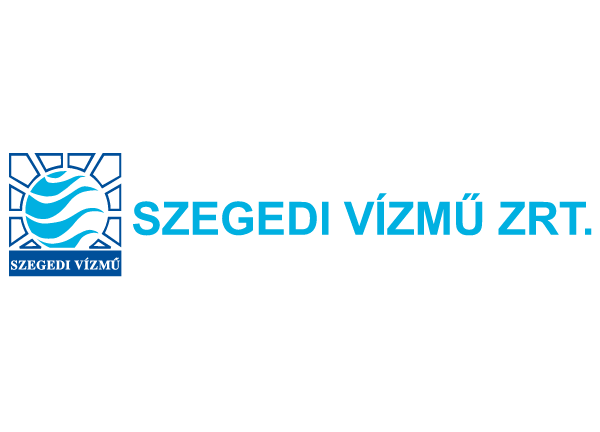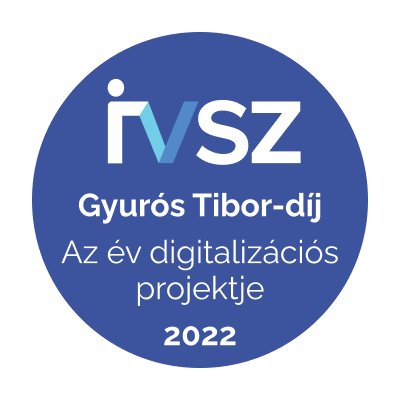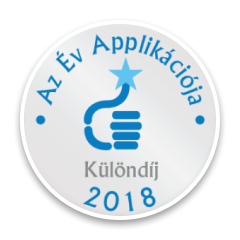Web frontend technologies
Javascript frameworks: single page application (SPA) solutions
Modern front-end JavaScript frameworks have revolutionized enterprise web development by providing powerful tools and abstractions that allow developers to easily create feature-rich, interactive and maintainable applications. These frameworks make the development process faster and more efficient while improving the user experience.
Server-side rendering frameworks further improve web development by allowing applications to be pre-rendered on the server, improving initial load times and enhancing search engine optimization for an ideal user experience.

VueJS
The advantage of VueJS lies in its simplicity, high performance and easy integration, making it an excellent choice for building efficient and scalable applications.
Its reactive data binding system and component-based architecture allow for rapid development while maintaining code readability and delivering excellent performance. VueJS is constantly evolving and adapting to the ever-changing environment of modern web development.
NuxtJS is a powerful and versatile VueJS framework that simplifies the creation of server-rendered, statically generated or single-page web applications with built-in performance optimization and a modular architecture.
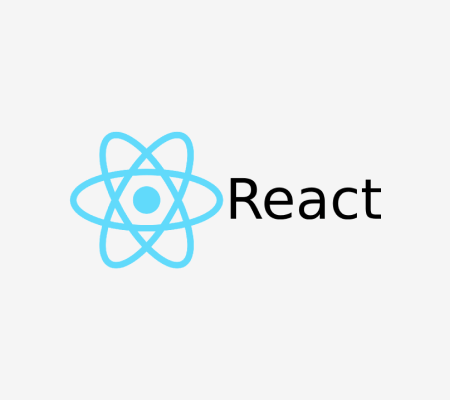
ReactJS
ReactJS, developed by Facebook, has gained immense popularity thanks to its efficient virtual DOM implementation and one-way data flow, resulting in predictable and performant application state management.
React's powerful ecosystem, flexibility and component-based architecture make it ideal for building large, complex applications.
NextJS is a comprehensive and feature-rich React framework that enables developers to build server-side rendering, statically generated or hybrid web applications while offering exceptional performance, easy scalability and out-of-the-box support for server-side rendering and static page generation.
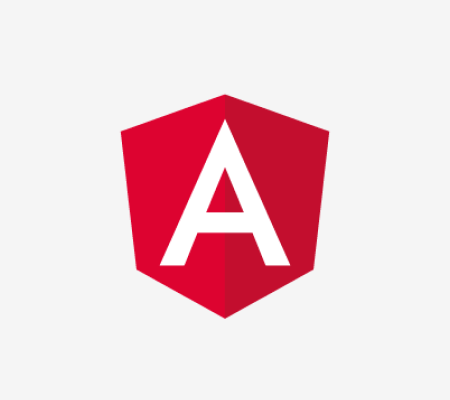
Angular
Angular, a comprehensive framework supported by Google, is particularly suited for enterprise-level applications as it provides a broad feature set, including dependency injection, bidirectional data binding and a powerful template language. It's strict architectural guidelines and built-in toolbox can facilitate the development of well-structured and maintainable applications.
Angular Universal is a technology that enables server-side rendering (SSR) of Angular applications, generating static pages on the server that are then bootstrapped on the client, resulting in faster initial rendering and a better user experience.

CSS frameworks: Bootstrap
Bootstrap is one of the world's best-known and most widely used CSS frameworks, originally designed by Twitter, and offers a comprehensive set of tools for designing web applications. As the best CSS library, it provides a consistent and reliable code base that delivers reliable results, but at the cost of limited flexibility.
The well-documented framework has extensive community support, accessibility considerations, and compatibility with SASS and LESS. It provides a fully usable, customisable dynamic template with several ready-to-use components, facilitating the creation of well-structured websites.

CSS frameworks: Tailwind
Tailwind CSS has become a strong contender in the CSS framework world, quickly becoming the second most popular framework after Bootstrap. Its comprehensive documentation, thousands of ready-made templates and elements, and lightweight, modular design make it a favourite among developers. Tailwind's focus on developer productivity, accessibility, and extensive customization sets it apart from other frameworks.
Because Tailwind is a utility-driven framework, it provides predefined CSS classes for application to HTML elements, allowing frontend developers to efficiently create custom interfaces. The framework is designed for experienced web designers and beginners alike, making it easy to develop high-quality, responsive and accessible websites. With its unique approach, Tailwind CSS is well positioned to potentially overtake Bootstrap and become the most widely used CSS framework.
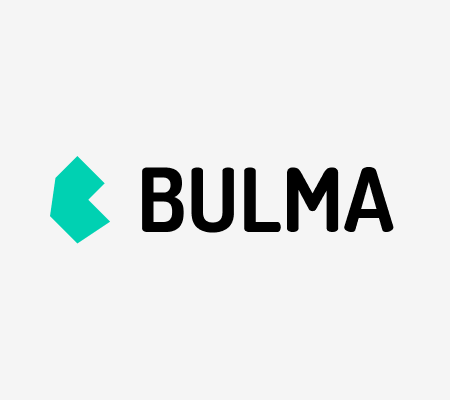
CSS frameworks: Bulma
Bulma is a free, open-source CSS framework based on Flexbox, designed for building lightweight, responsive web interfaces with a modern, minimalist approach. It offers a modular and classless architecture, allowing developers to easily create customizable designs without writing extensive CSS code while ensuring cross-browser compatibility and optimized performance.
Developers with a Bootstrap background can master Bulma with relative ease, as both frameworks act as rapid UI development UI kits. Bulma enables rapid UI development using just a few classes. Overall, Bulma is a very flexible, customizable and fast CSS framework.
Web Template engines
Template engines, although sometimes considered the previous generation of front-end technologies, are constantly evolving and becoming more powerful than ever. While they may not be suitable for every project, when combined with component frameworks and lightweight JavaScript libraries such as AlpineJS, developers can create sophisticated user interfaces. By using template engines, developers can maintain a simpler tech stack, which helps them develop faster and more cost-effectively.
Templating engines can be an ideal choice for admin panels, simple applications, and rapid prototyping, making them a practical alternative to modern JavaScript frameworks such as React, Vue and Angular.

Twig, Blade + PHP
PHP template engines, such as Blade and Twig, play a crucial role in reducing the overall complexity of web applications by effectively separating the presentation layer from the underlying logic while keeping the technology stack simple. These engines allow our developers to use a simplified and expressive syntax, resulting in cleaner, more maintainable code while displaying dynamic HTML content.
By leveraging built-in solutions such as Blade, which is integrated into the Laravel framework, or Twig, which is commonly used with Symfony, our developers can access a wide range of custom directives, filters and functions without adding unnecessary complexity. Ultimately, PHP templating engines such as Blade and Twig are essential tools for contemporary web developers, as they simplify the development process and ensure that web applications remain manageable and efficient.
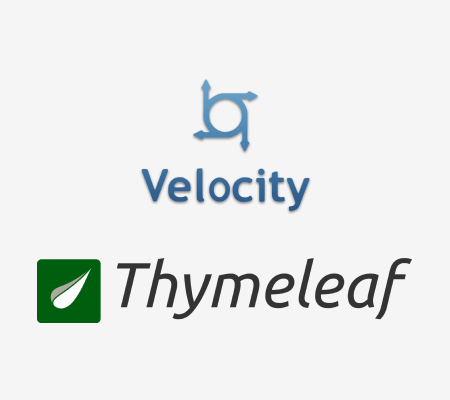
Thymeleaf, Velocity + Java
Java-based templating engines, such as Thymeleaf and Velocity, offer a powerful yet streamlined approach to web application development, effectively separating the presentation layer from the business logic without the need to introduce a completely different technology stack. By leveraging built-in solutions such as Thymeleaf, often used with Spring MVC, or Velocity's compatibility with various Java frameworks, developers can create dynamic HTML content while maintaining a clean and maintainable code base.
These engines provide a rich set of custom tags, directives and functions, increasing development productivity without making it unduly complex. In summary, Thymeleaf and Velocity strike the perfect balance between efficient problem isolation and technological consistency, making them an ideal choice for modern Java-based web applications.
REQUEST A QUOTE
Improve your business efficiency and increase your revenue with customized software solutions tailored to your business needs! With LogiNet's expertise, you can plan for the long term: let us know about your ideas, a problem you’re trying to solve or your overall business goals, and we will get back to you shortly!
request a quoteLoginet Systems kft.
-
Office address : Budapest 1117
2. Galvani street, III. floor -
HQ address : Budapest 1221
5. D Vihar St., bdg. 4. floor 15. -
-
services
- Software development
- Web development
- Mobile application development
- Digital product development, MVP development
- AI Business Process Optimization Solutions
- IT consulting
- E-commerce development
- IT support & maintenance
- IT outsourcing
- UX Design, Service Design
- UX tracking
- International e-commerce platform development


